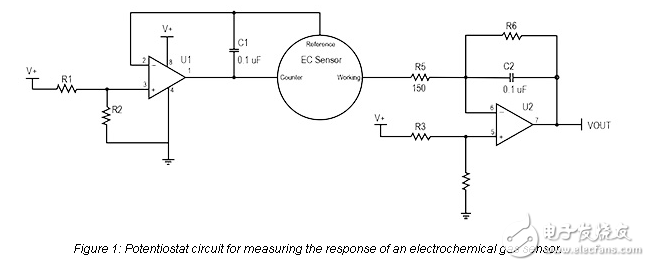
资料下载

改善环境和连接传感智能城市的平衡表
改善环境和连接传感智能城市的平衡表
空气质量是世界卫生组织(WHO)的一个关键问题,该组织将颗粒物、臭氧和氮氧化物(NOx)等污染物与疾病和早期死亡率的增加联系在一起。空气污染是世界卫生组织在评估全球疾病负担时所包含的10个环境因素之一,它是一个监测世界各地公共卫生的平台,帮助确定合适的反应。在这个项目中,世卫组织已经能够评估全球疾病的比例,可以防止通过改善环境,并公布了192个成员国的国家概况。
城市地区最有可能体验空气质量差。世卫组织认为,如果对健康的风险,包括环境风险和其他如营养和清洁水,可以延长寿命在世界贫困地区的良好的10年,可以改善。即使在西欧等更为发达的地区,世界卫生组织认为五年平均寿命是可以实现的。因此,世界各地的许多团体和社区都受益于学习和工作,以减少全球疾病负担。

In Europe, North America and parts of Asia, initiatives to monitor and improve air quality are well established. Action on air quality in the EU, for example, includes a Clean Air Program for Europe which is supported by new policies announced in 2013 that encompass various initiatives to reduce emissions from vehicles and other combustion processes. The European Environment Agency (EEA) maintains an air quality database, called Airbase, which gives public access to results based on data from monitoring sites across the EU. In other areas of the world, air quality data can be less intensively monitored. In locations worldwide there is room for improvement, and interest in collecting data for analysis continues to increase globally.
声明:本文内容及配图由入驻作者撰写或者入驻合作网站授权转载。文章观点仅代表作者本人,不代表电子发烧友网立场。文章及其配图仅供工程师学习之用,如有内容侵权或者其他违规问题,请联系本站处理。 举报投诉
- 相关下载
- 相关文章





